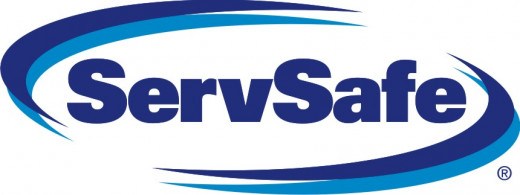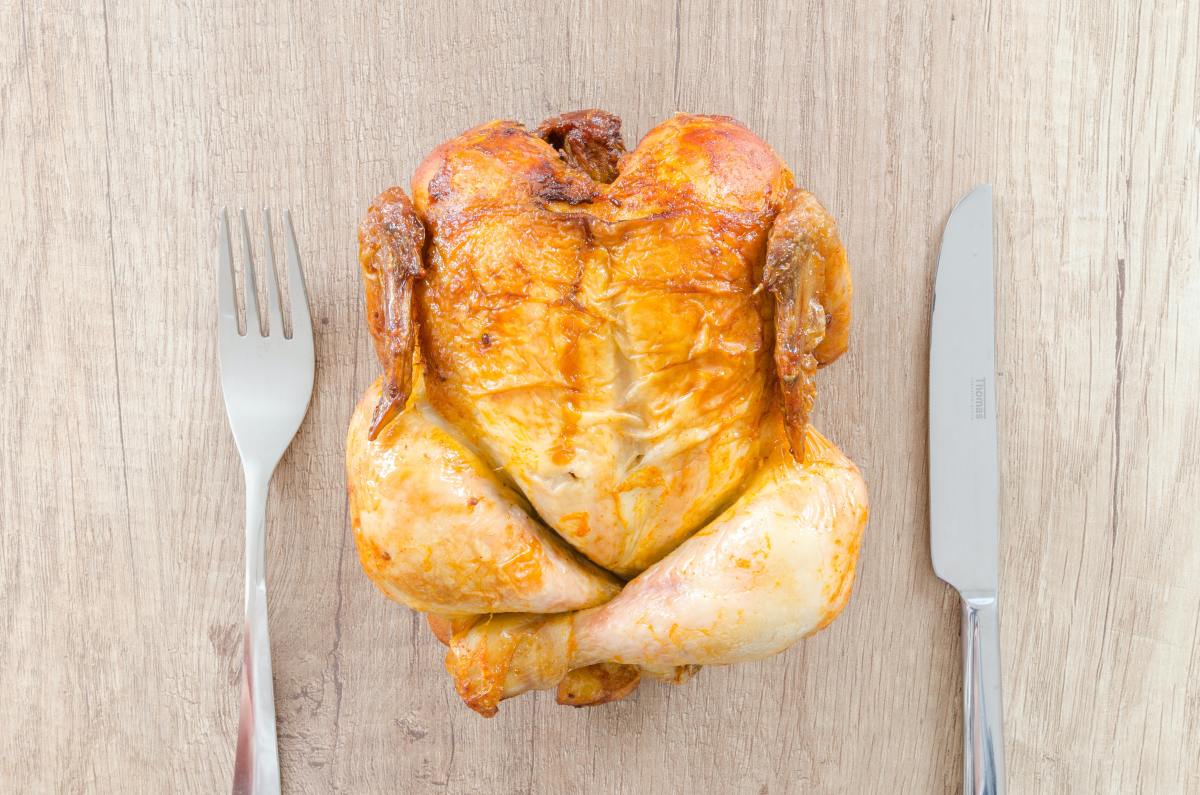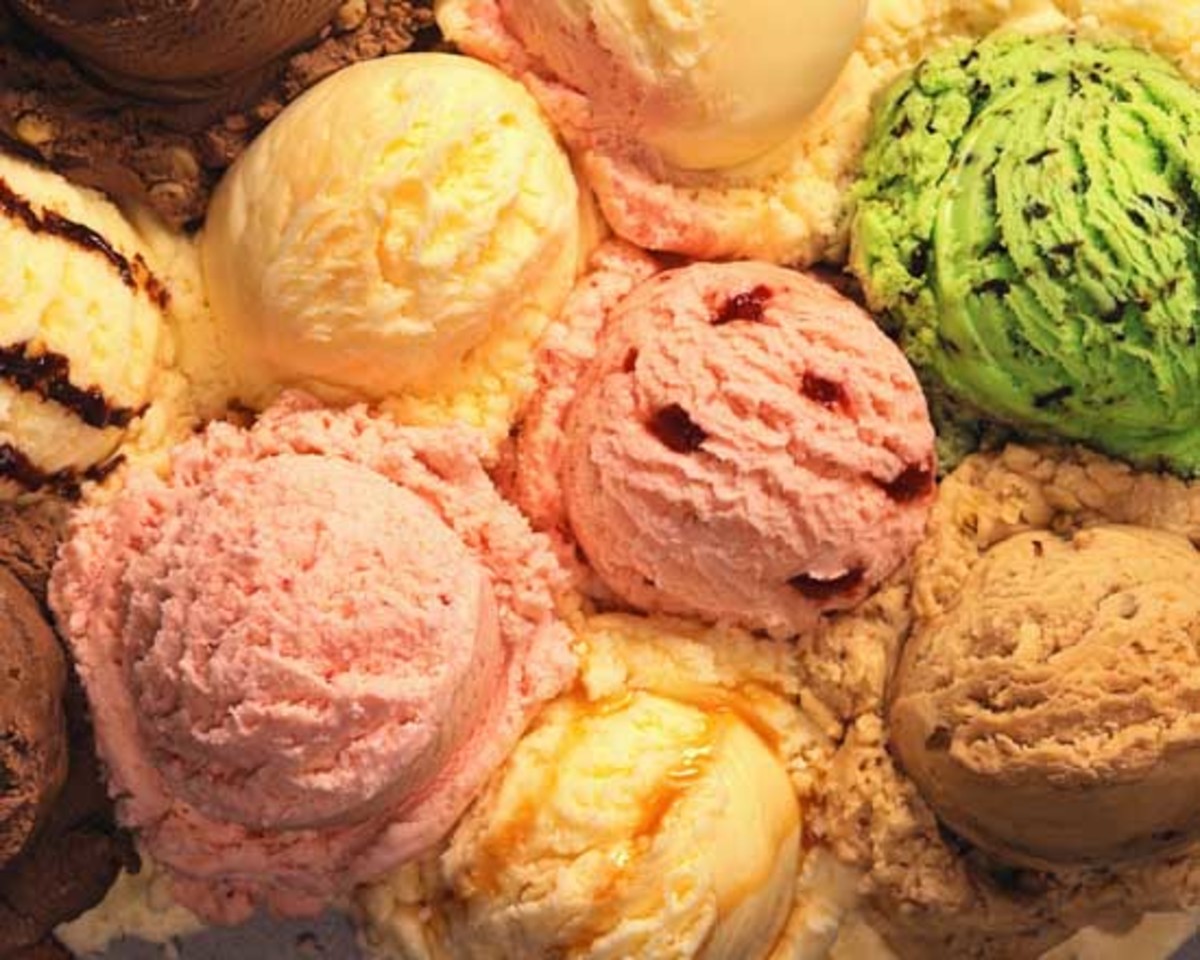How to Pass a Restaurant Health Inspection: Management and Personnel

Possibly your biggest liability
The employees in your restaurant are the most crucial element to it's success or failure. They are the ambassadors of your brand and every move they make reflects your management style and effectiveness. It is important to educate your crew on the expectations you have for them when it comes to health and food safety. When a new employee starts working at your establishment the training should include more than a mention of these topics. Take the time to outline the rules and explain to them their importance for both the sake of your health score and the customers they are serving. If you teach someone the reason behind a rule and help them understand why it's important they will be much more likely to follow it.

I'll introduce each subcategory listed here individually along with explanation and personal advice. Note that the items listed in red are considered criticals and carry a stiffer penalty. The majority of the subcategories within management and personnel are criticals so be careful here. Luckily these are also some of the most easily prevented mistakes as long as due diligence is made in the training of your staff
Person in Charge and Staff Illness
This section covers what is essentially having a manager on duty at all times and restaurant policy on handling sick employees. At any time the restaurant is in operation there should be a manager with keys to the building and any necessary security codes located on premises. This should be mandatory from a security perspective in its own right, but for the purposes of a health inspection someone should always be available to ensure that only healthy employees are working.
There are obviously a great number of possible illnesses that could befall your employees, but there is only concern if any significant infection is present (such as staph) or there is noticeable discharge from the eyes, nose, or mouth. This rule is strictly one of observance and requires outward physical evidence to be observed by the inspector. Anyone showing these symptoms should be sent home immediately and not allowed to resume work until the necessary time has passed according to your individual regulations.
It should be noted that in many health and safety certification programs, such as ServSafe, the rules go steps further by outlining how to handle cases of diarrhea and vomiting etc. Consult these resources for information on how long an employee must wait to return to work after symptoms disappear.
Hand washing and Food Contact
This section highlights how employees should behave when working in any food or drink preparation areas.
The rules state that hands should "be clean and properly washed" and this means that designated hand-washing sinks should be available in several areas of the work space for both kitchen and service staff. These areas should included permitted soap and a reusable form of hand drying e.g. paper towels rather rather than a cloth towel used by multiple people.
Bare hand contact is prohibited and approved alternatives consist of food service certified gloves (latex or nitrile are the most common), clean tongs, or scoops. Help encourage your staff to use these methods by setting up multiple glove stations and providing tongs or scoops in all practical areas. One thing to note about the use of tongs and scoops is that it is considered bare hand contact if the handles are making contact with the food, drink, ice etc. You should instruct your crew to use the correct "handle up and out" methods when using these tools. You do not want to lose points because your ice scoop has been carelessly thrown into the bin.
Eating and drinking should be prohibited in food prep areas as much as possible and tobacco use should never be allowed anywhere inside a kitchen. Disposable cone cups can be used to keep crew from taking their beverages back to food areas or special shelving can be place in out of the way locations to store these items away from these locations. Your individual procedure for this should be clear and consistent.
Allowances for smoke breaks should be at your discretion and disciplined whenever they impact the customers' experience.


Food and Safety Knowledge
This section has a great degree of variability depending on your state, county, and even your individual restaurant. Having an established certification program that the management team participates in along with a mandatory training program for your crew that educates them on health and food safety is good practice for your restaurant culture as well as being smiled upon by a health inspector.
If there is a program required by your locality ensure that all records are up to date including formal certifications as well as completed training documents. Anyone that has passed the training phase of their employment will have no excuse for lack of documentation should the inspector ask.
Some restaurant chains require stricter re-certifications than the program itself does so be sure to consult your senior management with any questions.
Appearance and Cleanliness Standards
Anyone in your restaurant that is clocked in and working should be observing the correct dress and appearance standards. Safety equipment such as back braces, non-slip shoes, and cutting gloves should always be worn when appropriate for the situation.
Often hair that is shoulder-length or longer should be tied or fastened in some way behind the head or neck so that there is minimal danger of it falling into food or onto food prep areas.
Earrings should be small and closed as large or hoop-style earrings carry the possibility of being snagged or caught on something and injuring a staff member or customer.
Nails should be kept relatively short to minimize the risk of food or germs collecting underneath the nail and reducing the effectiveness of hand-washing. Fake, glued on, or any other type of ornaments should be removed from the nail to eliminate the possibility of the nail or ornament falling off into a food item and injuring a customer.
Uniforms and overall personal hygiene are extremely important both for the customers' impression of your staff and the impact it can have on food safety. Dress should be clean and free from food particles as these could contaminate food prep areas or the food itself. Don't be afraid to council an employee privately about his personal hygiene or restaurant standards. There are delicate ways it can be handled and it is essential that everyone follows the same standards.
Friends of employees, family, and off-the-clock crew should not be allowed in the kitchen, food prep, or service prep areas as they will almost certainly not be observing the correct standards. This greatly increases the risk of injury or contamination!
Links to the series
- How to Pass a Restaurant Health Inspection: A Multipart Series
This is an introduction to my series on how to pass a restaurant health inspection. Here I discuss the reasons why managers fear the inspector as well as the importance of restaurant culture.



